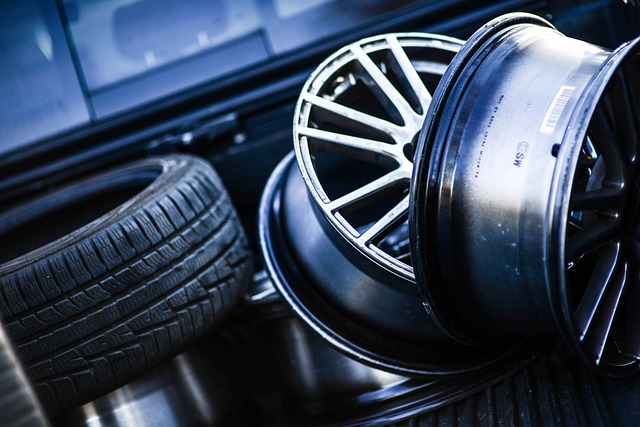Tire Speed Ratings: Everything You Need to Know
1st Dec 2022

The right tires can make a world of difference in your vehicle's performance. You may experience better handling and better gas mileage with the right tires. When shopping for new tires, though, you should focus entirely on the size. Tires are available in different sizes. You'll still need to choose a set of tires in the right size for your vehicle, but you should check the speed ratings as well.
What Are Speed Ratings?
Speed ratings represent the maximum speeds for which tires are designed. Manufacturers will thoroughly test their tires when designing them. Using this information, they will create speed ratings. The speed rating of a tire is the maximum speed the tire can safely support.
How to Read Speed Ratings
You can find speed ratings on the sidewall. When shopping for new tires, look on the sidewall for the speed ratings. Most tires use letter-based speed ratings. They feature a specific letter that represents their maximum speed.
Common letter-based speed ratings and their respective maximum speeds include the following:
- C - 37 mph
- D - 40 mph
- E - 43 mph
- F - 50 mph
- G - 56 mph
- H - 130 mph
- J - 62 mph
- K - 68 mph
- L - 75 mph
- M - 81 mph
- N - 87 mph
- P - 93 mph
- Q - 100 mph
- R - 106 -mph
- S - 112 mph
- T - 118 mph
- U - 124 mph
- V - 149 mph
- W -168 mph
Why Speed Ratings Are Important
You should consider the speed ratings when shopping for new tires. Some tires are able to support faster speeds than others. If you regularly drive faster than your tires' speed rating, your tires may fail. The tread may quickly wear down, or the sidewall may bulge out. Regardless, driving faster than the maximum speed for which your tires are designed is a safety hazard. It increases the risk of an accident while placing you and your passengers at risk of injury.
Some vehicles may have different tires with different speed ratings. In cases of mixed speed ratings such as this, only the lowest speed rating matters. If two tires have a speed rating of 87 mph and the other two tires have a speed rating of 81 mph, you should stay under 81 mph when driving.
In Conclusion
Different products have different ratings. Ladders, for instance, typically have weight ratings. The weight rating of a ladder represents the maximum weight it can support. Tires, on the other hand, have speed ratings. Speed ratings represent the maximum speed a tire can support.


